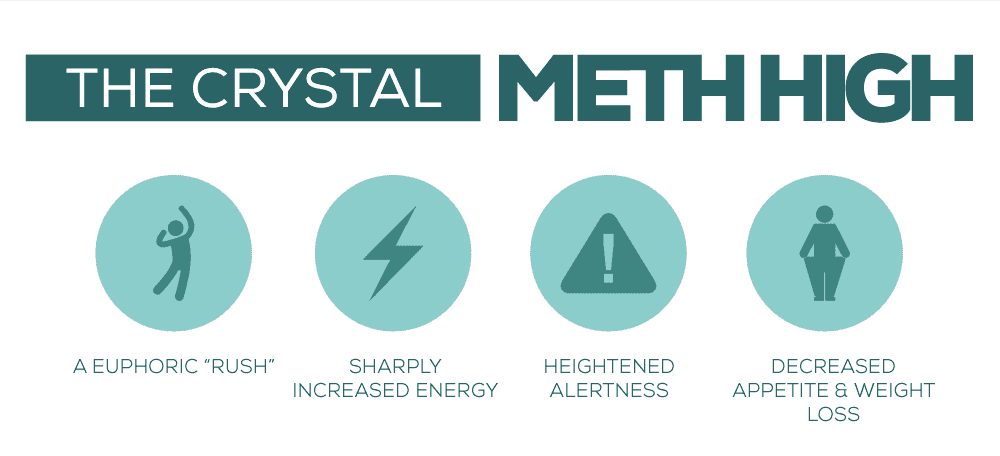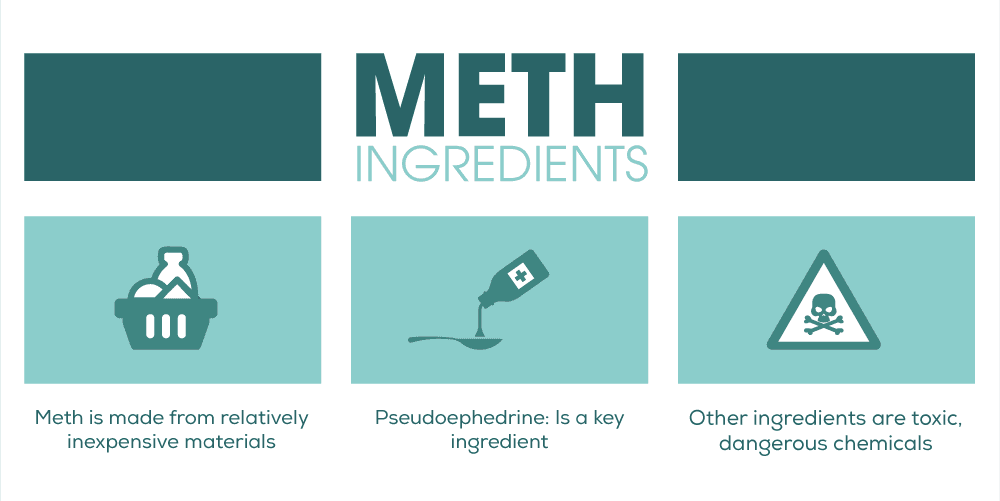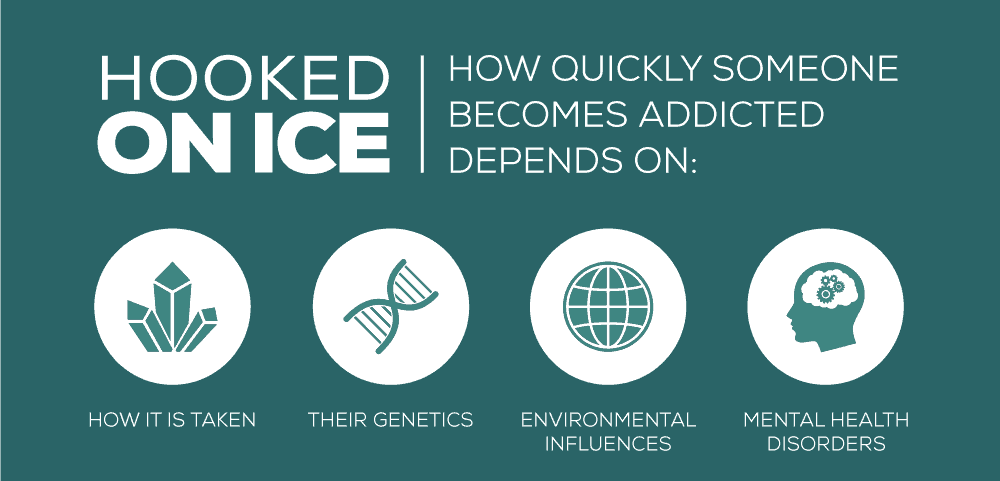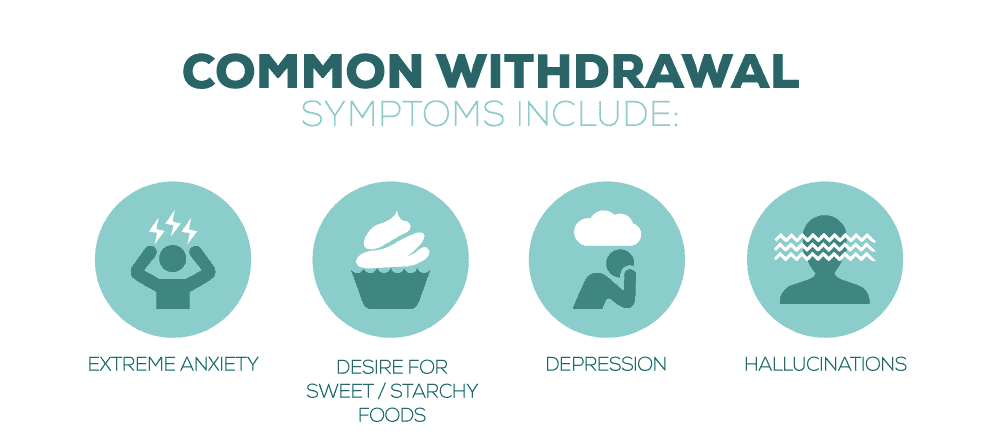“Methamphetamine is a hideous drug. Meth makes a person become paranoid, violent, aggressive – making them a serious threat to society and law enforcement. And maybe more importantly, meth users are threat to their own children and families.” ~ former Idaho Governor Dick Kempthorne Methamphetamine, as well as Amphetamine abuse is making a comeback in America, even if it never really went away. A decade ago, this dangerous stimulant was the scourge of the nation—it seemed as if there was a meth lab in every neighborhood. Laws changed to discourage manufacturers, and the labs went away – but did meth? According to the National Drug Threat Assessment Summary, a joint report put out by the US Department of Justice and the Drug Enforcement Administration, the answer would have to be – “NO”. The latest report states that there is an “increasing availability of high-purity, high-potency Mexican methamphetamine”. So you can appreciate just how big the problem is, here are some facts and statistics about methamphetamines:
What Is Crystal Meth?
Crystal meth, also called “glass” or “ice” is an extremely powerful and addictive stimulant that was first discovered in 1893. It is abused recreationally for a number of effects, including:
- A euphoric “rush”
- Sharply increased energy
- Heightened alertness
- Increased libido
- A greater sense of well-being
- Decreased appetite and weight loss
What Does Crystal Meth Look Like?
As the name suggests, methamphetamine in its pure form is a clear and colorless crystal. It only loses clarity and gains color when it contains impurities. 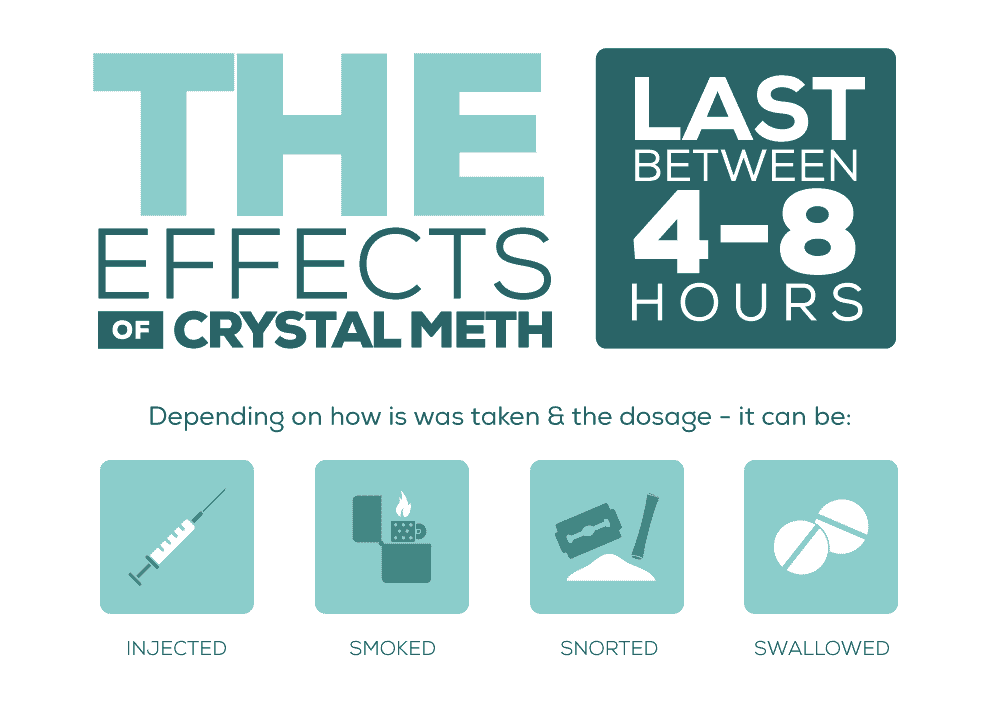
How Long Do the Effects of Crystal Meth Last?
Meth can be injected, smoked, snorted, or swallowed and, depending on the dosage, the effects will last between four and eight hours. 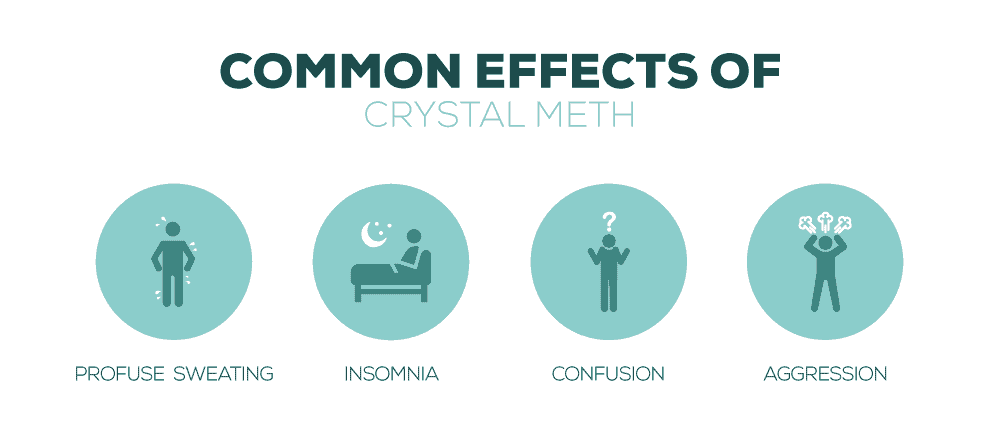
What Are the Dangers of Using Crystal Meth?
Crystal meth is one of the most dangerous drugs available, and it can wreak havoc on both your physical and mental health. Some of the regular effects of crystal meth are:
- Profuse sweating
- Increased blood pressure, body temperature, and heart rate
- Tremors
- Insomnia
- Jaw-Clenching
- Extreme talkativeness
- Inability to focus attention
- Fascination with repetitive tasks
- Confusion
- Irritability
- Aggression
- Panic
- Paranoia
The effects of methamphetamines worsen with chronic use:
- Increased tolerance – needing greater amounts of the drug to get the same effect
- Constant drug craving
- Addiction
- Unhealthy weight loss
- Malnutrition
- Withdrawal symptoms when the drug isn’t available
- Psychosis
- Sores on the skin
- “Meth Mouth” – rapid tooth decay and loss
- Muscle breakdown
- Kidney failure
- Brain damage
- Hallucinations
- “Flesh-crawling” sensation
- Stroke
- Cardiac arrest
- Death
How Are Methamphetamines Made?
Meth is made from relatively inexpensive materials. For example, pseudoephedrine, which is commonly found in cold medicines, is a key ingredient in meth. But other ingredients are toxic, dangerous chemicals – lithium, red phosphorus, ammonia, hydrochloric acid – that can remain in the environment long after the lab has been shut down. Law enforcement in America monitors the purchase of precursor ingredients like pseudoephedrine, making it difficult to buy enough product to make meth. For that reason, most meth in America is made at “superlabs” in Mexico. Consequently, America is flooded with cheap, high-grade methamphetamines that have been smuggled across the border. It is estimated that 85% of the methamphetamines in America comes from Mexico. 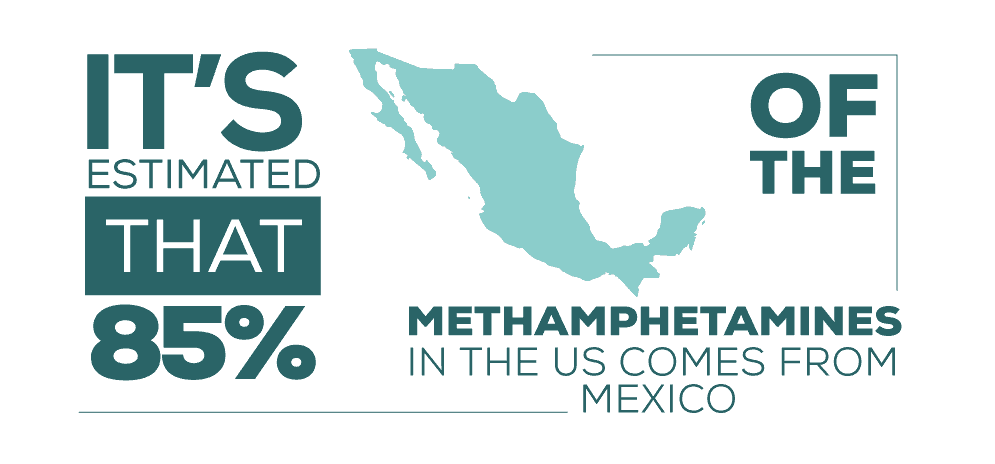
How Addictive Is Crystal Meth?
Extremely. Dopamine is the brain’s “feel-good” chemical, responsible for rewarding behaviors necessary for survival, such as sex or eating. Crystal meth causes the brain to produce 12 times as much dopamine as is produced during orgasm.
How Big of a Problem Is Methamphetamine Abuse in America?
When you consider the nation as a whole, methamphetamine use is not on the rise, and in fact, is much less common than it was a year ago. However, there are regional differences. For example, according to Oregon’s High-Intensity Drug Trafficking Area threat assessment report, methamphetamine is the largest drug threat in the state, even surpassing prescription opioids and heroin. In 2012, there were over 1 million people who admitted to using methamphetamines within the past year, and 440,000 people who used meth within the past month. Besides the toll it takes on the individual addict and his/her family, crystal meth is also one of the chief causes of property crime and identity theft in the country, as addicted meth users steal and commit fraud in order to feed their addictions.
How Long Does It Take to Recover from Methamphetamine Addiction?
Although it is not dangerous, quitting methamphetamines results in harshly unpleasant withdrawal symptoms, including:
- Strong Drug Cravings
- Extreme anxiety, to the point of panic
- Irritability and agitation
- An overwhelming desire for sweet, starchy foods
- Depression
- Visual and auditory hallucinations
- Insomnia
- Malaise – an inability to feel joy or positivity about anything.
This last withdrawal symptom can be the worst – a chemical inability to feel pleasure, because of disrupted dopamine production. In extreme cases, it can take years for dopamine production to return to normal. 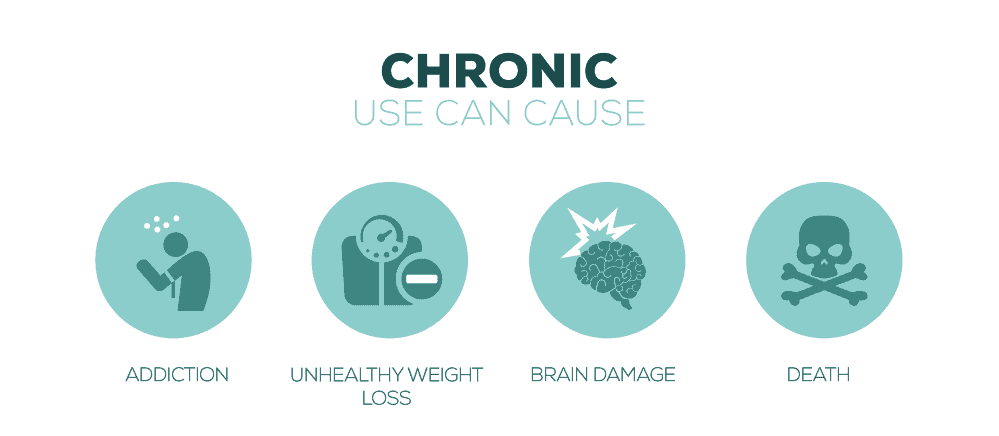
Who Uses Methamphetamines?
As is the case with any other drug, a methamphetamine user can be ANYONE. But here are some facts about the “average” meth user
- As of 2012, the average age of a methamphetamine user is 19 years, seven months.
- 76% of US meth users are white.
- Almost half – 46% – of meth users are female.
Methamphetamines are not going away. They remain the fourth-most-frequently mentioned illicit drugs on police reports nationwide, and in some locations, they are the worst local drug threat. It methamphetamines are disrupting your life or the life of someone you care about, the best thing you can do is to get help from a licensed addiction professional. Contact a meth treatment program near you to discuss your options.
What Did you Think About This Blog?
Give it a Rating!

